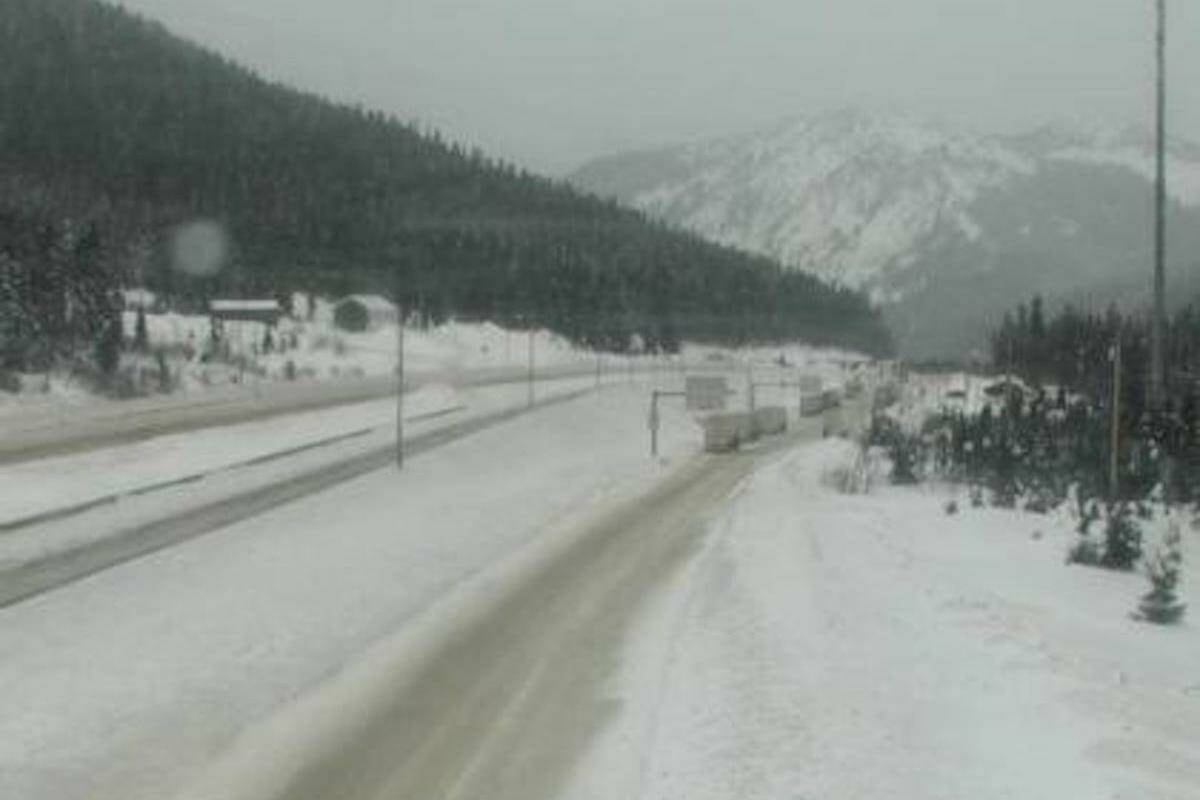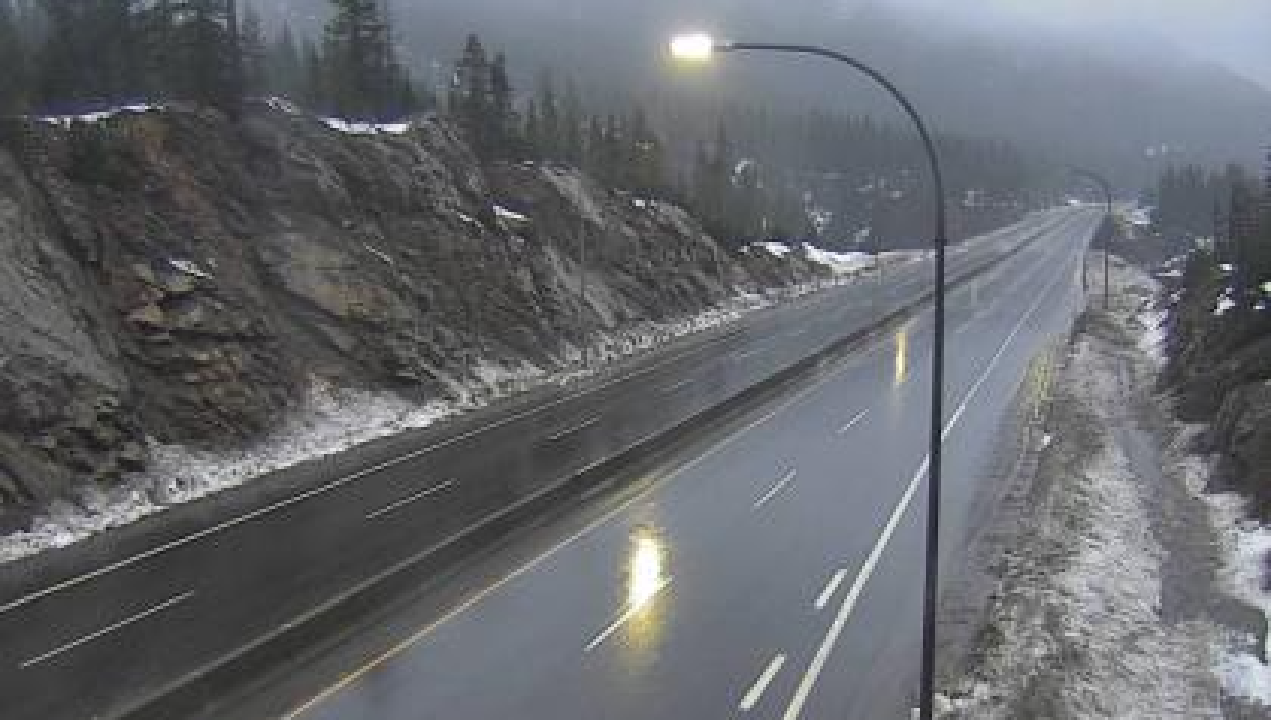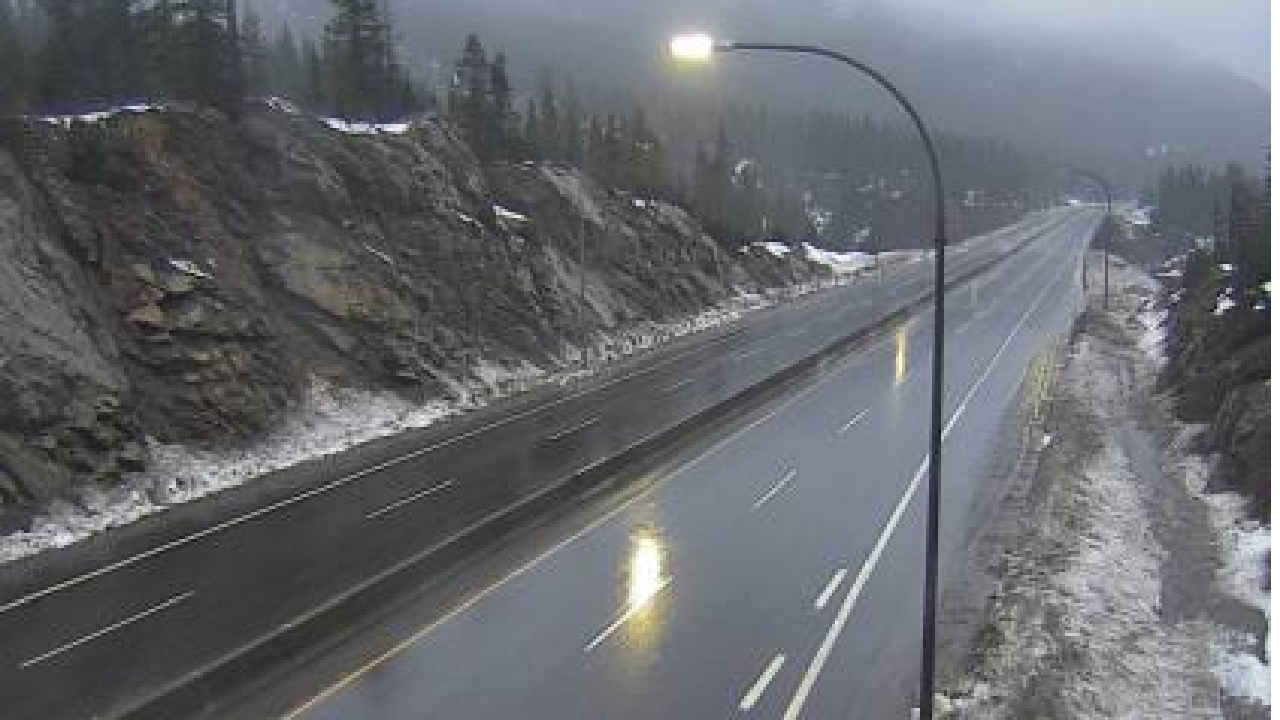Coquihalla weather camera systems offer crucial real-time insights into conditions along this vital British Columbia highway. These cameras provide invaluable data for drivers, commuters, and transportation officials, significantly improving road safety and traffic management. Understanding their functionality and the data they provide is essential for navigating this challenging mountain pass, particularly during inclement weather.
The Coquihalla Highway’s geographical location and significance as a major transportation artery make real-time weather monitoring crucial. Varied weather patterns, from heavy snowfall to dense fog, frequently impact travel, necessitating reliable information sources. The cameras’ strategic placement and advanced imaging capabilities provide a detailed view of road conditions, enabling proactive decision-making to mitigate risks and ensure efficient traffic flow.
Coquihalla Highway Weather Cameras: A Vital Resource for British Columbia: Coquihalla Weather Camera
The Coquihalla Highway, a major transportation artery in British Columbia, presents unique challenges due to its mountainous terrain and unpredictable weather. Real-time weather information is crucial for safe and efficient travel along this vital route. This article explores the significance of Coquihalla Highway weather cameras, their functionality, data accessibility, and the impact on traffic management.
Coquihalla Highway Overview and Significance
The Coquihalla Highway (Highway 5) traverses the rugged Coquihalla Mountains, connecting the Lower Mainland to the Interior of British Columbia. Its challenging geography, including steep grades, numerous bridges, and exposure to extreme weather, makes it susceptible to closures and delays. The highway is vital for transporting goods and people, serving as a key link for commercial trucking, commuter traffic, and tourism.
Adverse weather significantly impacts travel times, safety, and the overall efficiency of the transportation network.
Weather Camera Functionality and Purpose

Strategically positioned along the Coquihalla Highway, weather cameras provide real-time visual data on prevailing conditions. These cameras utilize high-resolution imaging technology to capture images at regular intervals. Placement is determined by considering high-risk areas prone to severe weather events, such as avalanche zones and steep inclines. The cameras provide critical data on visibility, snow accumulation, ice formation, and overall road conditions, including the presence of any debris or hazards.
Accessing and Utilizing Coquihalla Weather Camera Data
Several sources offer access to live feeds from Coquihalla weather cameras. These platforms provide varying features and levels of detail.
| Website Name | URL | Features | Data Refresh Rate |
|---|---|---|---|
| DriveBC (Example) | (Example URL – replace with actual URL) | Live camera feeds, road conditions, weather alerts | (Example Refresh Rate – replace with actual rate) |
| (Another Website) | (Another URL) | (Features) | (Refresh Rate) |
| (Third Website) | (Third URL) | (Features) | (Refresh Rate) |
| (Fourth Website) | (Fourth URL) | (Features) | (Refresh Rate) |
Access methods include direct website links, dedicated mobile applications, and embedded feeds on other transportation information websites. User interfaces typically include zoom functionality, image quality adjustments, and data overlays providing additional context such as temperature and wind speed.
Impact of Weather on Coquihalla Highway Traffic, Coquihalla weather camera
Different weather events impact traffic flow differently. Heavy snowfall often leads to significant delays, chain-up requirements, and even temporary or complete highway closures. Rain can reduce visibility and create slippery road conditions. Fog, particularly in valleys, can severely restrict visibility, resulting in reduced speed limits and increased risk of accidents. Common traffic challenges include congestion due to accidents, chain-up delays, and lane closures.
Weather camera data plays a vital role in making informed decisions regarding road closures, speed restrictions, and traffic rerouting, minimizing disruption and ensuring public safety.
Future Developments and Improvements

Several improvements could enhance the effectiveness of the Coquihalla weather camera network. Increased camera density, especially in high-risk areas, would provide more comprehensive coverage. Upgrading to higher-resolution cameras would provide greater detail and accuracy in assessing road conditions. Integrating data from other sources, such as weather sensors and traffic flow sensors, would allow for more comprehensive and predictive modeling of weather impacts on traffic.
- Increased camera density in high-risk areas.
- Implementation of higher-resolution cameras with improved low-light capabilities.
- Integration with real-time weather data from meteorological stations and sensors.
- Development of AI-powered systems for automated analysis of camera feeds and prediction of weather events.
- Enhanced user interfaces with improved data visualization and predictive analytics.
Visual Representation of Weather Conditions
A typical winter scene might show moderate snowfall accumulating on the road surface, reducing visibility to several hundred meters. The road itself might appear slushy or partially covered in snow, with vehicles moving cautiously. Heavy snowfall could drastically reduce visibility to near zero, with vehicles barely visible, traffic slowed to a crawl, or completely stopped due to closures.
In contrast, a clear and sunny day would showcase clear visibility, dry road surfaces, and vehicles moving freely at normal speeds. The stark visual differences between these scenarios highlight the importance of real-time weather camera data for safe and efficient travel.
The Coquihalla weather camera network plays a vital role in ensuring safe and efficient travel along this challenging highway. By providing real-time visual data and contributing to informed decisions regarding road closures and traffic management, these systems enhance road safety and minimize disruptions. Continued advancements in technology promise further improvements, leading to even more accurate and reliable information for all users of the Coquihalla Highway.
Clarifying Questions
How often are the Coquihalla weather camera images updated?
Monitoring the Coquihalla Highway’s challenging weather conditions often relies on dedicated weather cameras. These cameras provide crucial real-time information for drivers, but the technology behind them is surprisingly similar to that used in other surveillance applications, such as the sophisticated tracking of military drones, like the shahed drone , which also require advanced image processing and remote monitoring.
Ultimately, both the Coquihalla weather cameras and military drone systems rely on robust, reliable data transmission for effective operation.
Update frequency varies depending on the specific camera and platform, but many offer updates every few minutes to provide near real-time views.
Are there any mobile apps that show Coquihalla weather camera feeds?
Several transportation apps and weather apps may incorporate live feeds from Coquihalla cameras. Check app stores for options.
What happens if a weather camera malfunctions?
Monitoring the Coquihalla Highway’s weather conditions is crucial for safe travel, often relying on strategically placed cameras. The recent incident involving a drone, as reported in the news about the nj drone shot down , highlights the importance of responsible airspace management. This incident underscores the need for clear regulations, especially given the increasing use of drones, which could potentially interfere with vital infrastructure like weather monitoring systems on the Coquihalla.
Maintenance crews are responsible for camera upkeep. In case of malfunction, alternative data sources and methods might be used to assess conditions.
Can I access archived footage from the Coquihalla weather cameras?
Availability of archived footage varies depending on the platform and its policies. Some may offer limited historical data.
